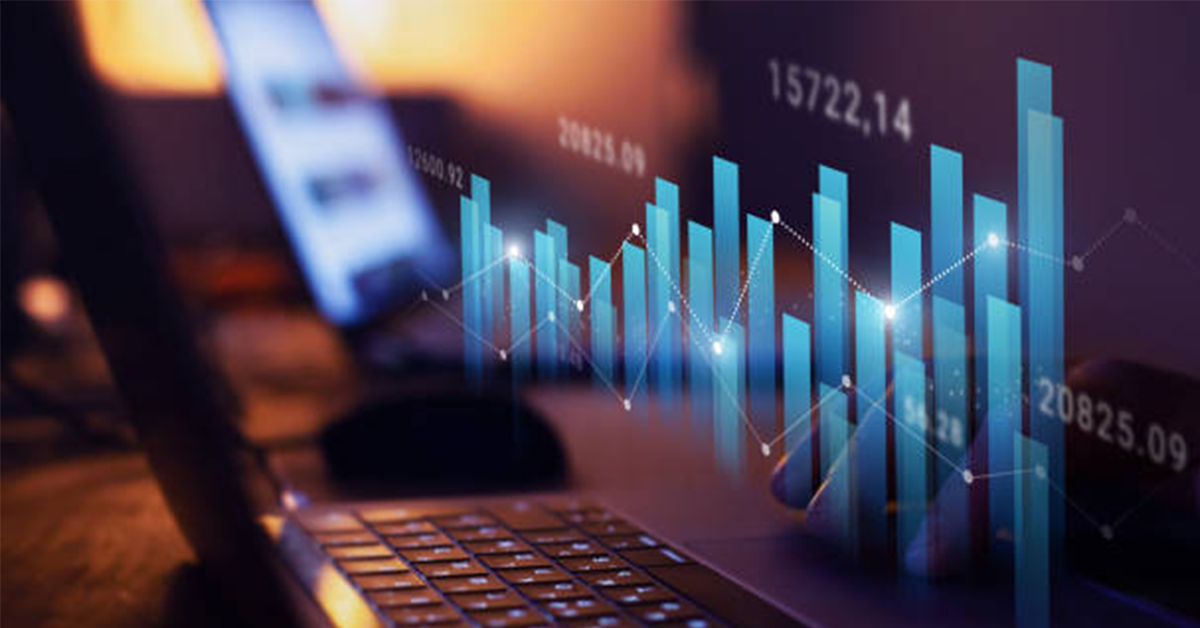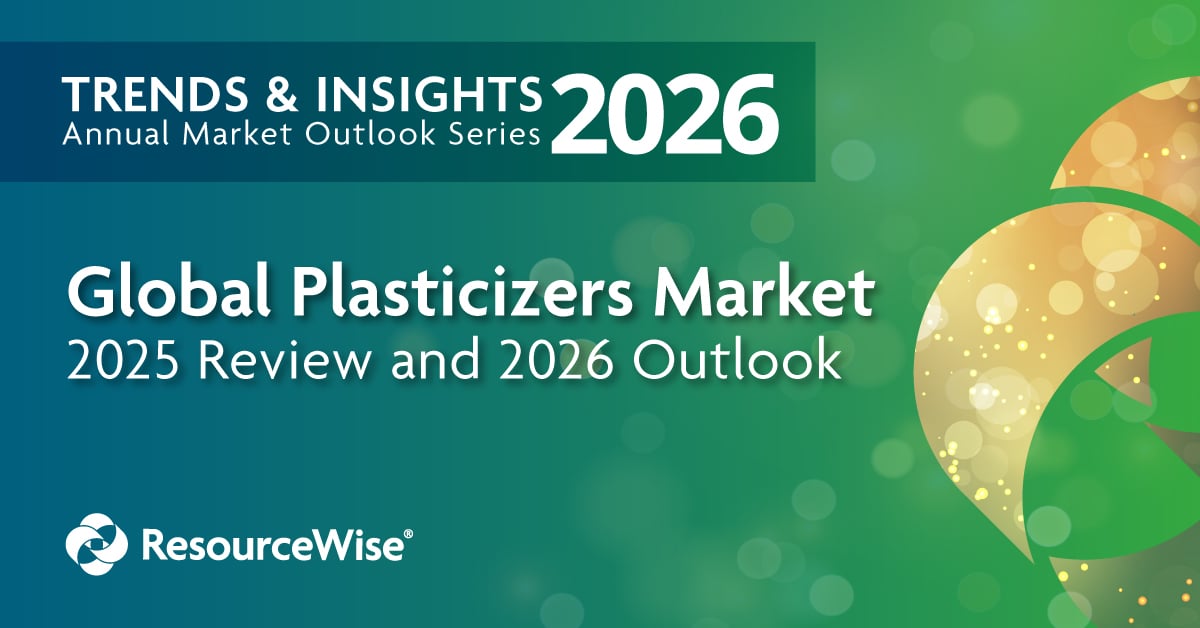5 min read
Artificial Intelligence and the Chemical Supply Chains of the Future
 Jane Denny
:
Apr 23, 2024 12:00:00 AM
Jane Denny
:
Apr 23, 2024 12:00:00 AM

The benefits that automated process and artificial intelligence (AI) bring to chemistry laboratories and chemical engineering development are inarguable. That’s because streamlining task-based assessments saves time and resources in R&D.
Take the meticulous mapping of molecular structures in prototype materials such as engineering thermoplastics or polyurethanes for example. Historically, humans undertook the painstaking task of matching blackness intensities in X-ray diffraction spots to shades on a template strip.
Two decades ago, students dedicated years-long PhDs to solving single molecular structures, something today's supercomputers achieve in hours.
Countless hours of visual scrutiny determined 20th century synthetic compound compositions, a task the oft-untrained wives of crystallographers routinely performed. And only two decades ago, students dedicated years-long PhDs to solving single molecule structures. Today's AI-driven supercomputers can achieve that in a few hours.
Tell us what you think with a yes or no answer (One question in under 5 seconds)
Price Transparency: A Generational Divide?
Jennifer Hawkins, Business Manager, Chemicals Sector, ResourceWise, draws on 20-plus years of price reporting experience to ensure our insights reflect markets as accurately as possible.
By 2035, we may see market participants openly reporting all prices. In that scenario, AI could make calculations currently made by humans.Jennifer Hawkins, Business Manager, Chemicals Sector, ResourceWise
 Hawkins, who monitors epoxy resin, epichlorohydrin and bisphenol A, sees its potential.
Hawkins, who monitors epoxy resin, epichlorohydrin and bisphenol A, sees its potential.
When it comes to pinpointing price indexes for chemicals commodities and products, the technology could be used to complete some of the process, she says.
“Perhaps, in five to 10 years’ time, prices will be openly reported by all participants in the supply chain. Maybe the IT systems used by value chain participants will connect more readily to one another.
"Once all the inputted information is collated, AI may make assessments currently made by humans,” Hawkins adds.
Competitive edge will increasingly rely on able negotiation as a key element of business strategy, something that humans consider themselves very adept at.
Charles Fryer, Senior Advisor, Chemicals Sector, ResourceWise
 Meanwhile Charles Fryer, Senior Advisor, Chemicals Sector, ResourceWise takes a different view. Rather than encouraging more transparency in chemical markets, he sees a future with more guarding and caginess around pricing.
Meanwhile Charles Fryer, Senior Advisor, Chemicals Sector, ResourceWise takes a different view. Rather than encouraging more transparency in chemical markets, he sees a future with more guarding and caginess around pricing.
“It allows for the key element of negotiation in business settings, something that humans consider themselves very adept at.
"The achievement of higher prices by sellers, or of the lower costs by buyers—as compared to their competitors—become key advantages as competition in the chemical industry heats up," he adds.
Fryer says ability in negotiating is becoming increasingly important compared to technical prowess or plant size in providing competitive advantage as the industry matures.
“Competitive edge will increasingly rely on able negotiation as a key element of business strategy, something that humans consider themselves very adept at, and suspect that machines lack the finesse to be good at,” Fryer adds.
Unraveling supply chains
But with supply chains and the factors that impact them less fixed than compound structure, are chemical value chains AI-ready? A machine learning algorithm may expertly predict global trade flows should another cargo ship get grounded in the Suez Canal. But this specific event is unlikely to be the next catastrophe buyers and sellers of chemicals encounter.
Computers can chart cargo diversions around the Cape of Good Hope, and show how diversions impact transport costs. But what of negotiations that take place behind closed doors?
A computer projection could outline how the impact cargo diversions around the Cape of Good Hope will trickle down to price adjustments. But how keenly will it be able to factor in clandestine negotiations like those rumored to have allowed Russia’s sanctioned materials into Scandinavia in 2022.
Similarly, there’s strong indications that Houthi rebels allowed Chinese (and likely Asian) ships passage through the Suez unfettered, while European and US ships were attacked. Read more in our blog post Feedstock & chemicals supply chains: A 2024 assessment.
The point is, that while many aspects of global supply chains are open source, the detail of many aspects remains hidden. For example, in many jurisdictions competition and antitrust laws prevent companies that sell the same goods from divulging their prices to one another.
Meticulous Human Assessment
It is for these reasons that ResourceWise’s chemicals-focused consultant team canvasses market participants to pinpoint price benchmarks and build commentary and analysis for the 100-plus chemicals we cover. Matteo Baldi, Global Sales Manager, Chemicals Sector, ResourceWise explains that this expert human interaction is key to our business intelligence platform OrbiChem360 and the services our team offers.
No AI bots are used in the process of gathering the information we offer. Our comprehensive market analysis reports are composed by humans not AI bots.
We rely on our consultants' decades of experience in chemical subsectors they understand inside and out. Their analysis is underpinned by price reporting methodologies continuously developed since our legacy company Tecnon OrbiChem was established almost half a century ago.
“We do not use AI bots to gather the information we offer. And we do not produce our comprehensive market analysis reports using any AI-bot driven software.
“The detailed market commentary we share is sourced, processed and composed by an expert price reporter. Every price point input is reviewed by experts with decades of experience monitoring and assessing the dynamics that govern chemicals markets.
“Of course, there is a place for AI in our evolving digitalized world, but it is not in our reports. Who knows exactly where technology will take the processes of the future but for today, we stick with the tried and tested methods we introduced to our publications and services in the 1970s. That is because experienced humans still provide the best assessment of chemicals markets available,” Baldi adds.
Meet Matteo Baldi in person at the upcoming event, The future of AI in the chemical industry
A forum in which experts in academia and business convene to discuss one of the world's hottest topics. Baldi will contribute his expertise in the panel discussion 'AI in the chemical industry'.
Time: 9 May, 09.30 - 11.30 (CET)
Place: Instituto Químico de Sarrià (IQS), Barcelona
- How might AI revolutionize the chemical industry?
- Practical applications versus ethical implications
- Impact on sustainability
- Digitization, sales and chemical distribution in the age of AI
Evaluating the New Non-physical Workforce
Algorithms built off the back of budding and established scientists’ endeavors allow AI-driven robots to resolve hundreds of Master’s-level challenges a month. And in dermatological diagnostics at least, computers are increasingly trumping physician prognoses when pinpointing potential deadly cancers.
In our world, software-driven bots will increasingly execute repetitive, rule-based processes. They can and will test evolving hypothesis to perfect chemical element combinations endlessly. They're like 21st century crystallographers’ wives, capable of mundane tasks with the added bonus of being able to do so in perpetuity.
Chemicals businesses have used datasets, automation and computer algorithms and Design of Experiments in their R&D laboratories for some time.
Machine learning and AI integration is the logical next step and, in materials development at least, AI and quantum computing has the potential to cut time to market averages from years to months.
In the use case for AI in chemicals or indeed whole supply chain management whatever the business focus, the jury appears to remain out.
Exploring AI Potential
This blog post is the first in a three-part series exploring the issues around AI in supply chain management.
Part two explore examples of use cases while part three explores the views shared by executives at two of the world's largest petroleum and natural gas-focused companies.
Chevron Phillips' Chemical Chief Digital Officer Jason Gislason and ExxonMobil' s Operations Excellence Digital Manager Michael Hotaling spoke at the American Fuel and Petrochemical Manufacturers' International Petrochemicals Conference in Texas earlier this year.
We've examined their comments during the AFPM session: Technical Revolution in the Petrochemical Industry—Artificial Intelligence, Machine Learning, Advanced Analytics to extract key insights.
To read our upcoming blog posts before anyone else, sign up for our eNewsletter.





